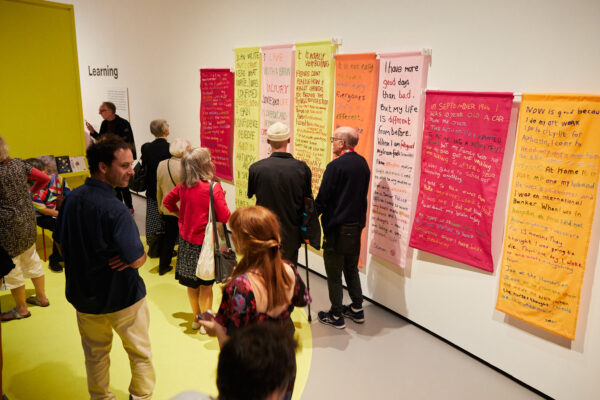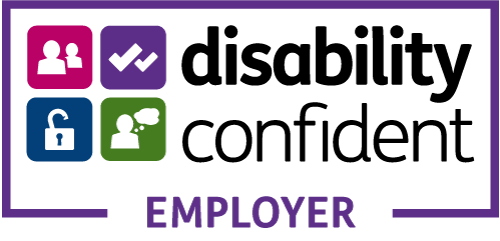The magazine was co-edited by a team of staff and survivors, sharing roles in editorial, design and writing. For contributors who have survived brain injuries, this may mark the first time they have publically shared their experiences in writing, or been given creative responsibilities since their injury. For others, it is an opportunity to share new talents and interests developed at Headway despite profound challenges.
Launching Matter during Action For Brain Injury Week (14-20 May) aims to raise awareness of the prevalence of brain injury whilst also showcasing the value in disability, which is often overlooked. The magazine will be available to buy online, with plans to stock in a number of local outlets and publicize through a series of events.


Speaking about being involved in the project, contributor and long-time member of Headway East London member Firoza said:
“It helped me focus on something which is positive and gave me an incentive to start writing, which I’ve been meaning to do for a while, so it was a good start. I also enjoyed being involved in the editorial meetings because I was able to put forward ideas and be part of the discussion, which gave me a sense of inclusion and working in a team. It really reminded me of my days working in publishing before my brain injury, there were a lot of meetings like these, you were involved in everything, text, design, covers etc. So it felt good to have a working role… I really hope that people can be inspired, and see how creative and hopeful people can be after sustaining a brain injury. Via this new medium, people can express themselves, whether it’s through a piece of writing or a painting or something else.“
When discussion motivations for publishing this magazine, our team were clear that raising awareness was key, as was the opportunity to share something positive. Firoza continues:
“I really hope that people can be inspired, and see how creative and hopeful people can be after sustaining a brain injury. Via this new medium, people can express themselves, whether it’s through a piece of writing or a painting or something else. Hopefully it’s another way to reach out to people affected by brain injury that’s accessible, a physical thing that people can keep and refer to whenever, and it’s a way to give readers an insight as to what it’s like to have a brain injury through these experiences, and to highlight awareness. It would be great to see the magazine in bookshops, and newsagents for commercial sale, but also in hospitals, rehab centres and more.”










